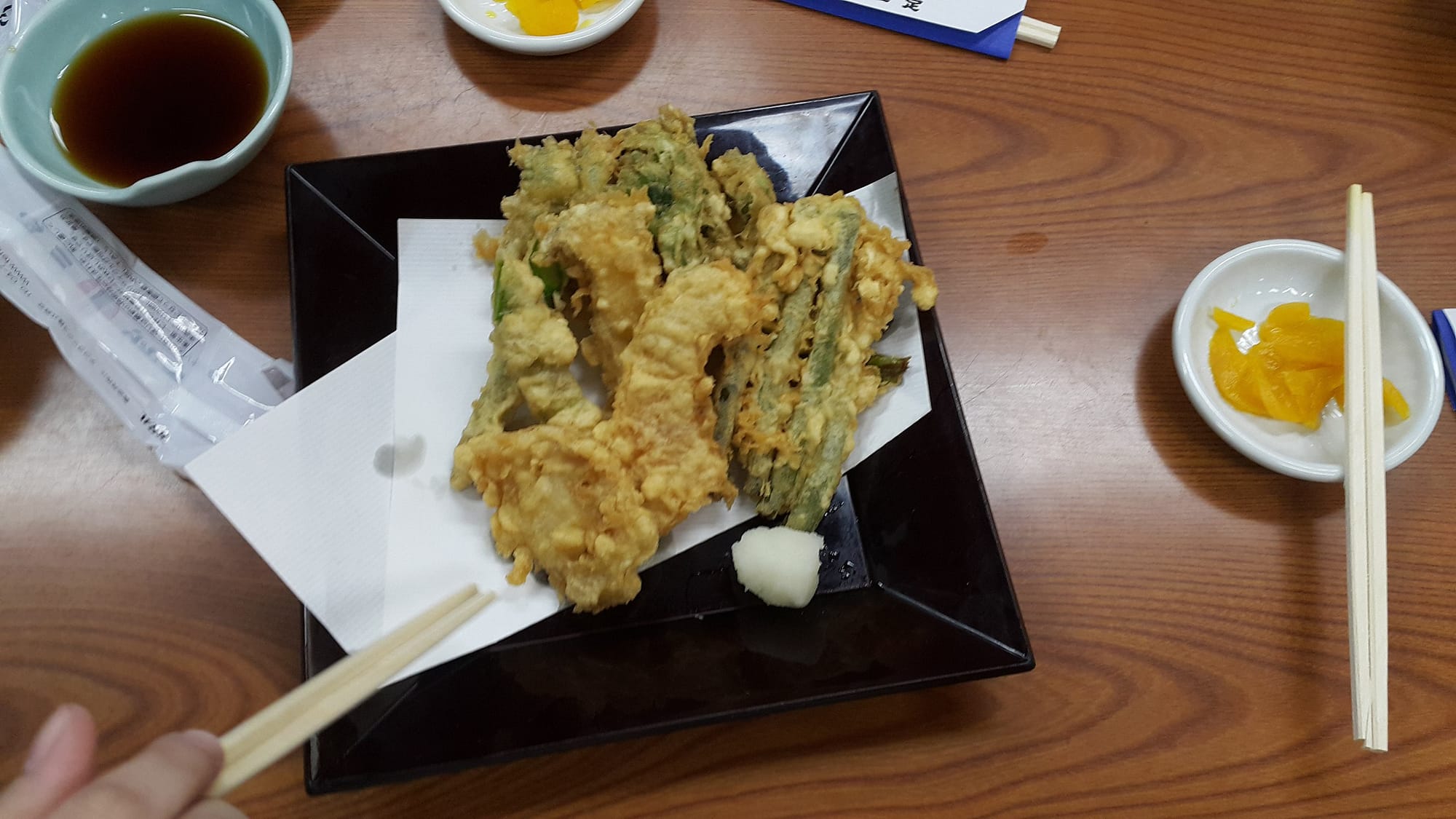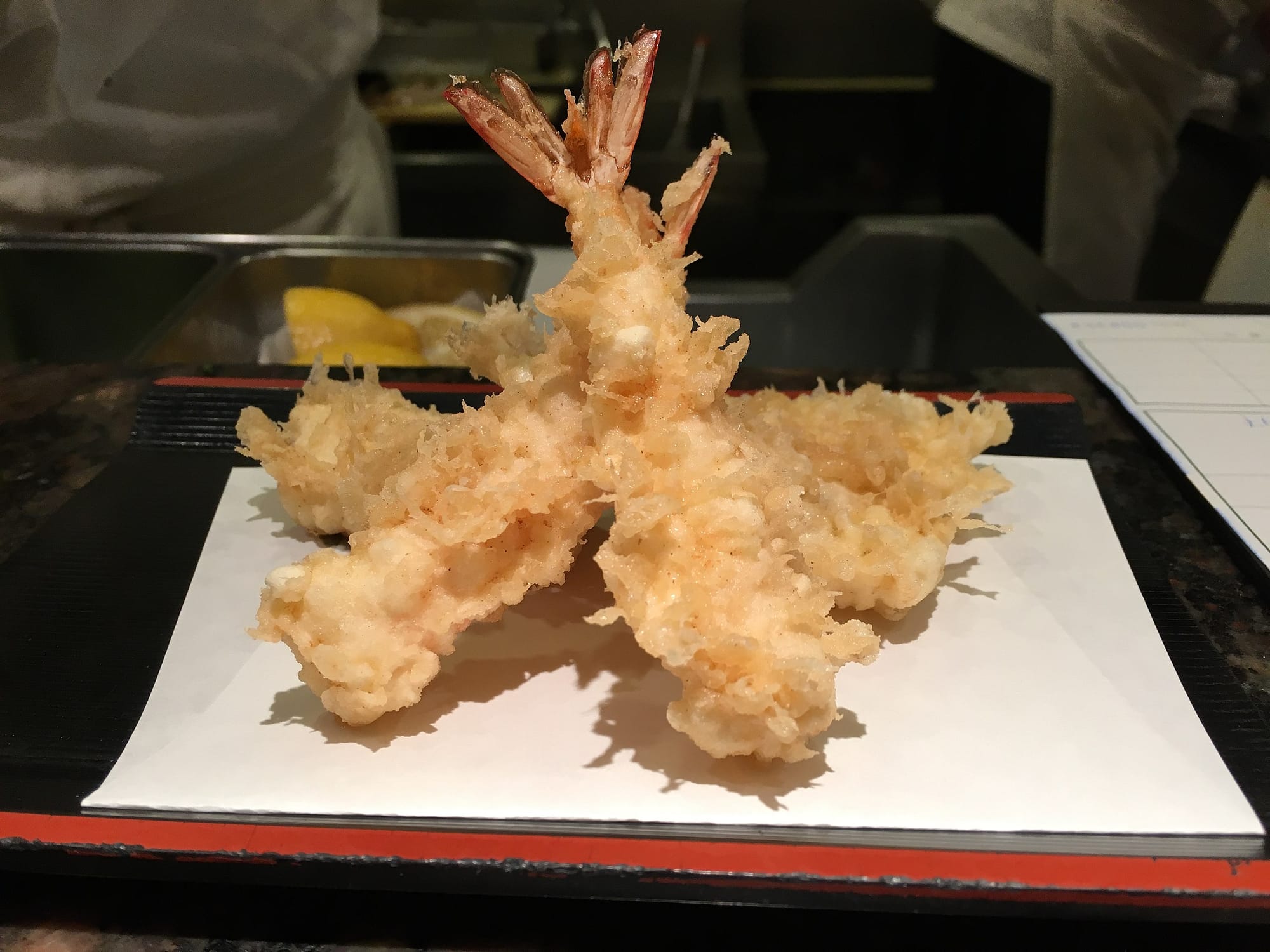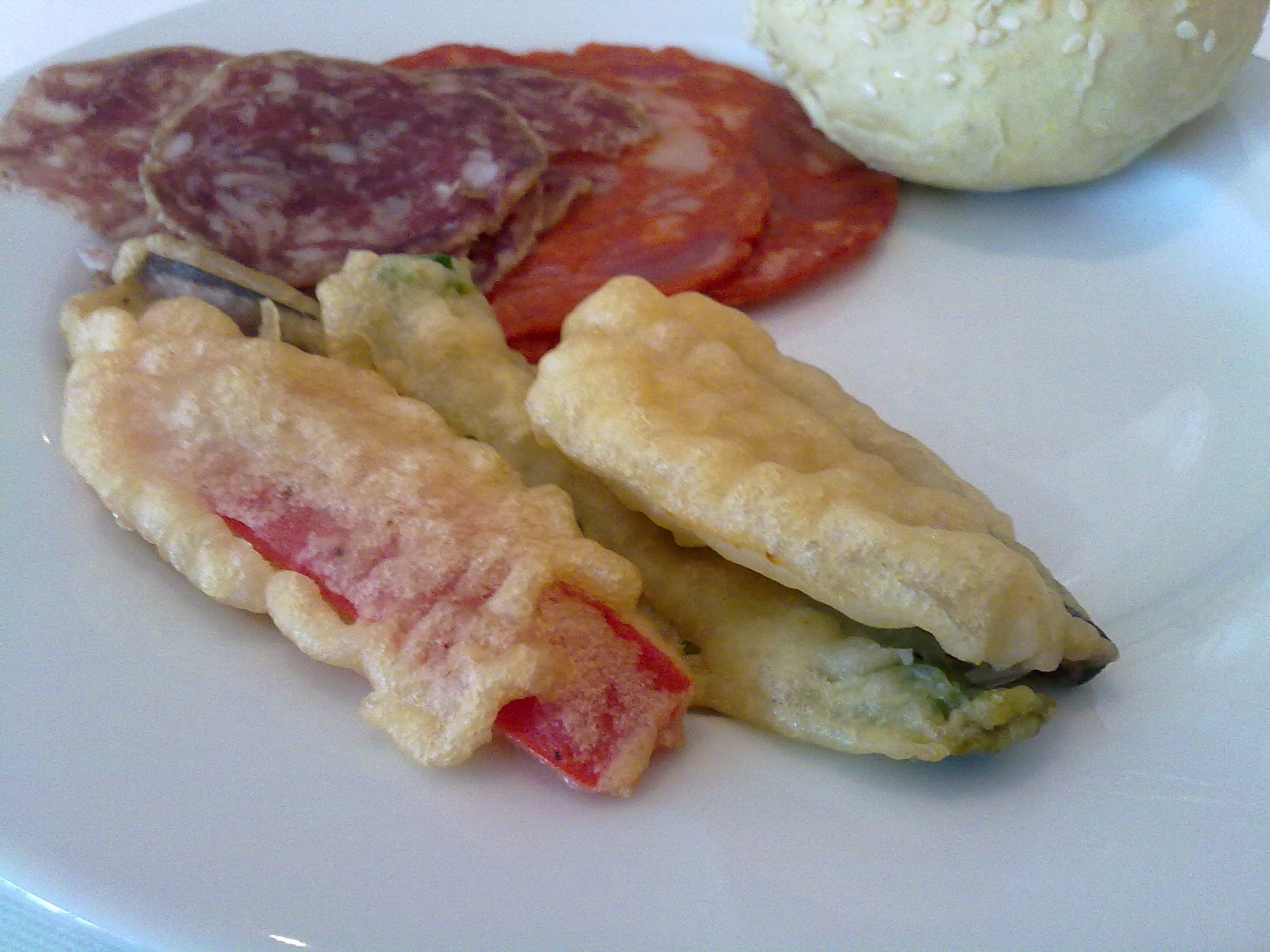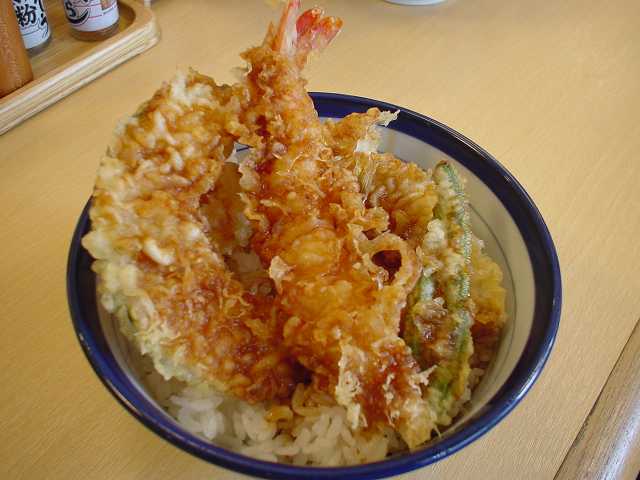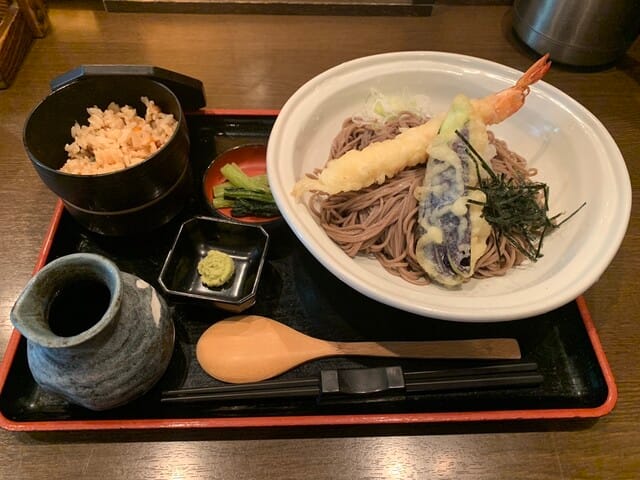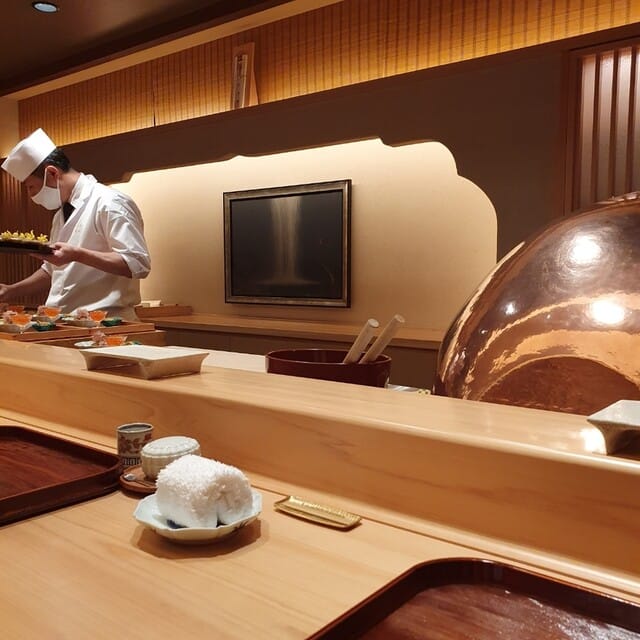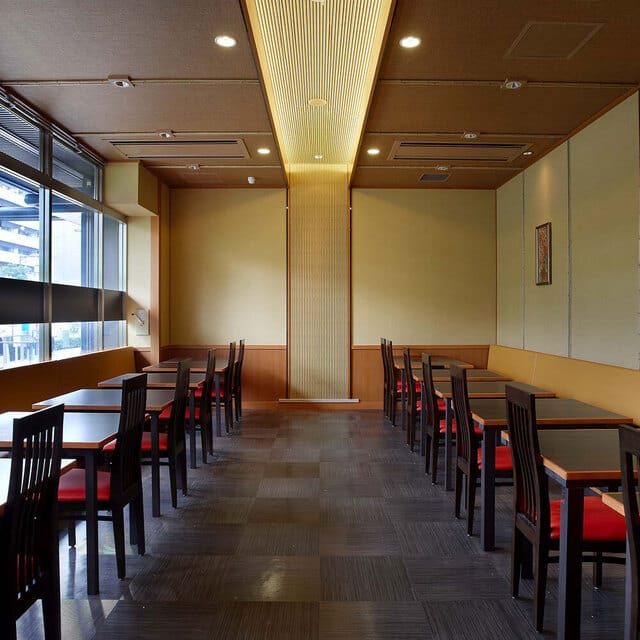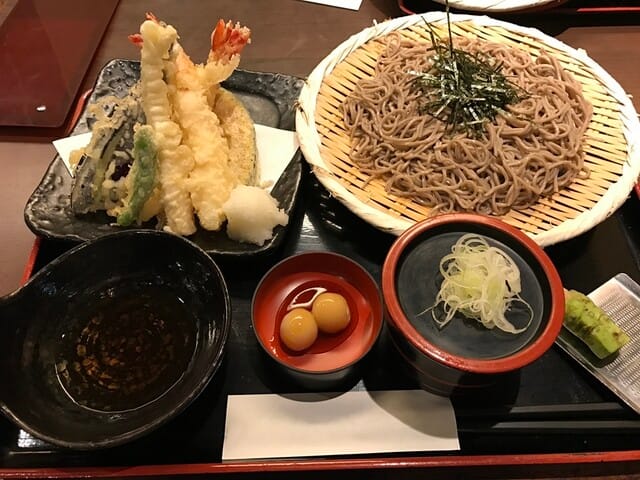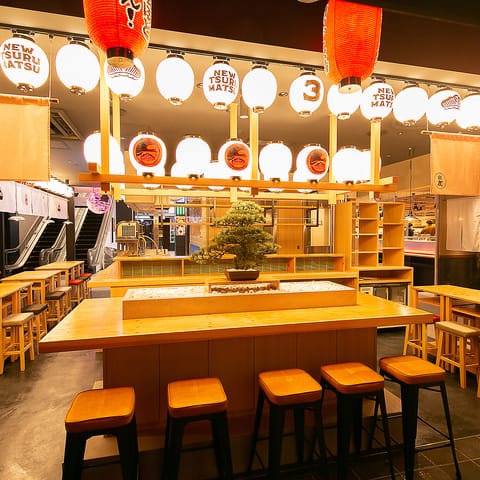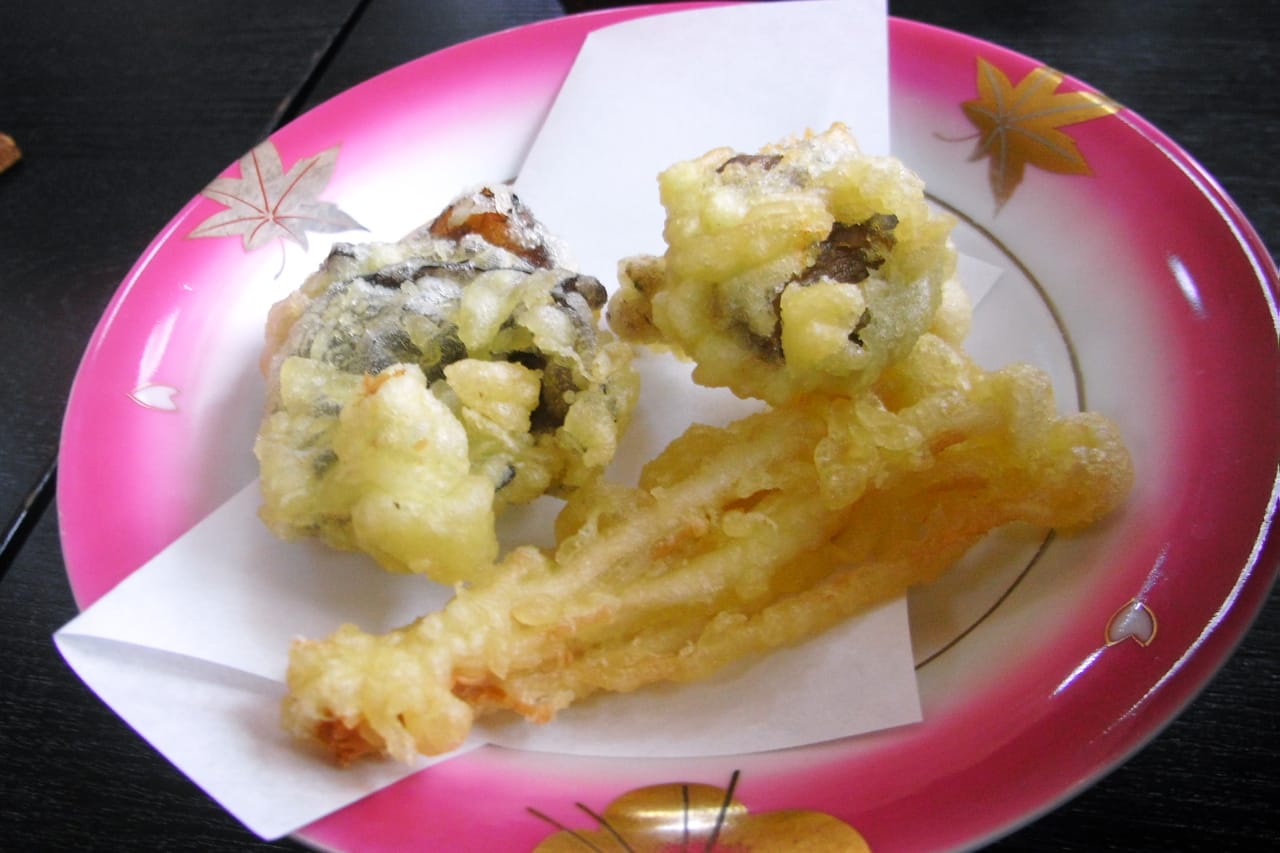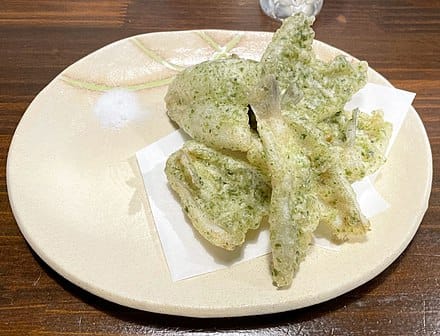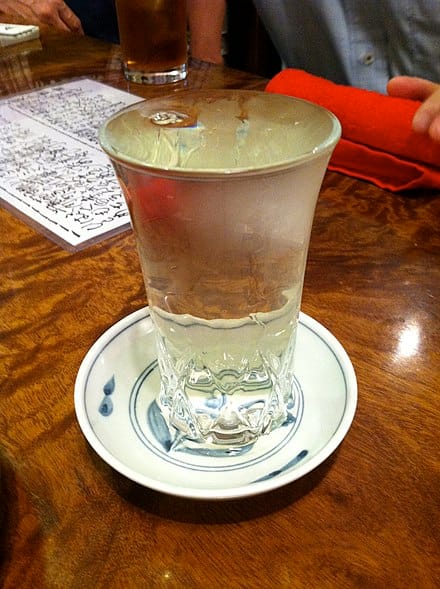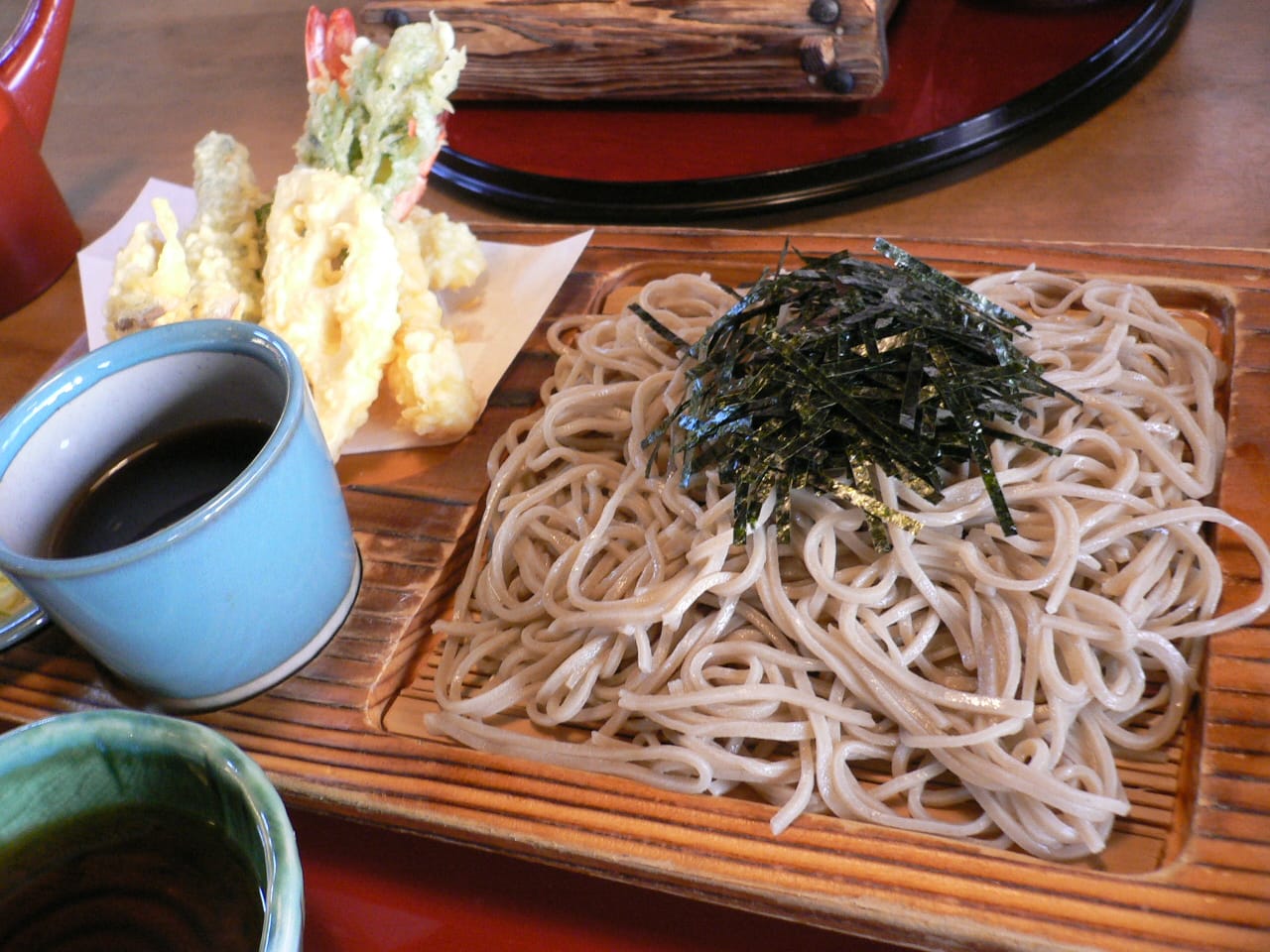Have you ever tried "tempura," one of Japan's representative dishes?
As a Japanese person, I've been eating tempura at restaurants since I was a child. But when I became an adult and went to a "tempura specialty restaurant," I was moved by the fragrant aroma rising from the crispy batter as freshly fried tempura was served over the counter.
In this way, there are actually various types of places where you can enjoy tempura, from high-end specialty shops to casual family-friendly chain restaurants.
Tempura is popular among foreigners, but from my perspective as a Japanese person, the real charm of tempura lies in its seasonal nature. Tempura made with ingredients that come into season in spring, summer, autumn, and winter allows you to enjoy flavors unique to each season.
I particularly love spring mountain vegetable tempura. The bitterness characteristic of mountain vegetables is exquisitely enhanced when made into tempura.
There are many ways to enjoy tempura. Of course, you can savor it with the standard salt or tempura dipping sauce, but you can also add lemon or grated radish, or use rock salt or matcha salt, giving it a wide range of variations. My personal favorite is the combination of tempura and sake.
In this article, I'll share with you everything from basic knowledge about tempura to recommended ways of eating it and types of restaurants, fully conveying the appeal of tempura.
As you read on, I'm sure you'll find yourself craving tempura, just like I am while writing this article!
What is Tempura?
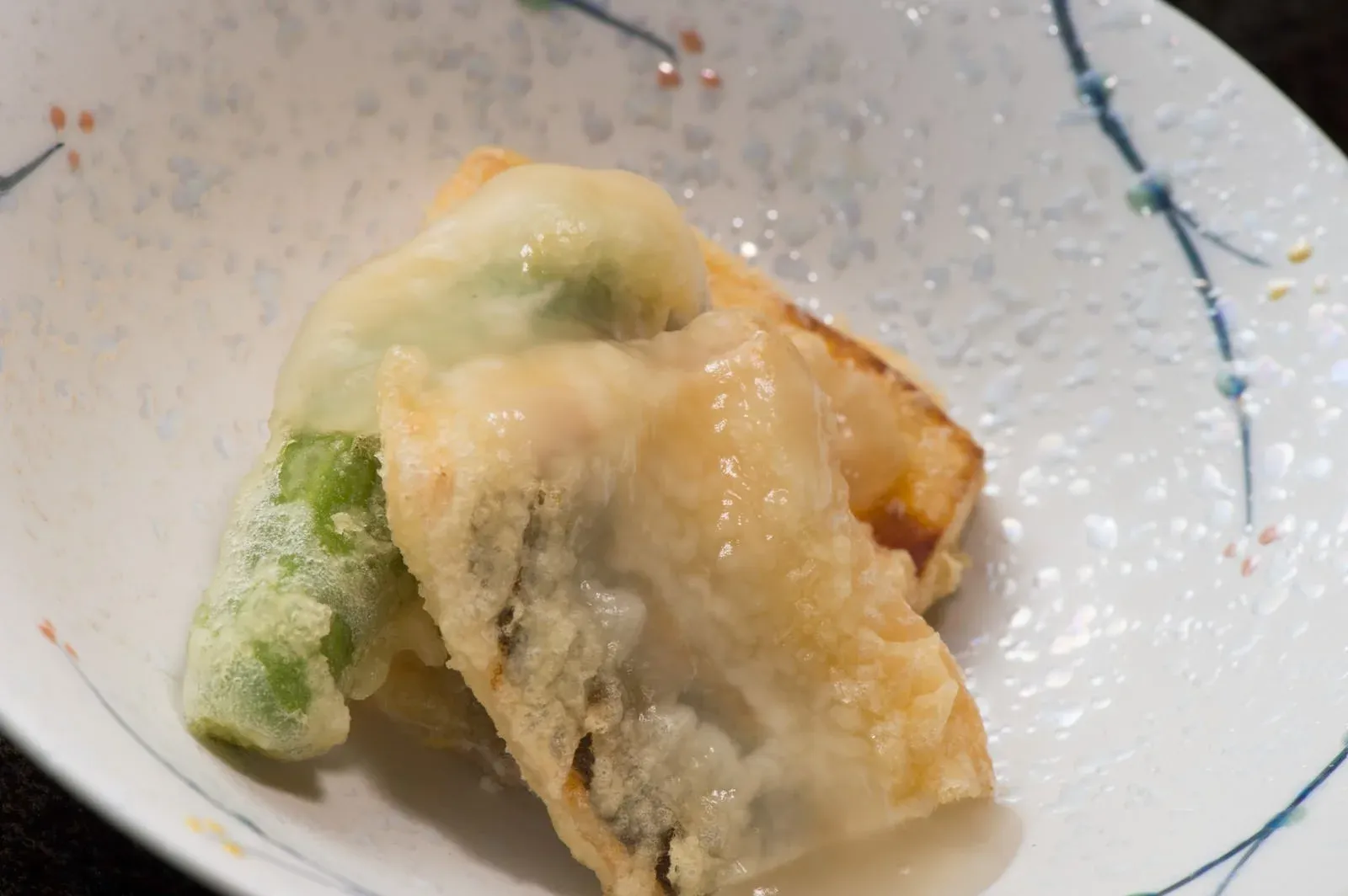
Tempura is one of Japan's representative dishes. This dish, which became extremely popular during the Edo period, consists of ingredients such as vegetables and seafood coated in batter and deep-fried. It's characterized by its crispy texture and the perfect fusion of the umami of the ingredients.
Originally loved by common people as street food, today you can find casual tempura shops as well as high-end tempura specialty restaurants.
The seasoning of tempura is very simple. Just adding salt or dipping sauce allows you to fully enjoy the taste of the ingredients. Also, since various ingredients are used depending on the season, you can enjoy different types of tempura throughout the year.
I've loved tempura since I was a child. I especially remember how delicious my mother's homemade tempura was, always crispy and fresh. But when I became an adult and tried to make it myself, I was surprised at how difficult it actually is to make!
Now, I basically enjoy tempura at restaurants, and I'm hooked on finding delicious tempura restaurants.
Why Japanese People Love Tempura
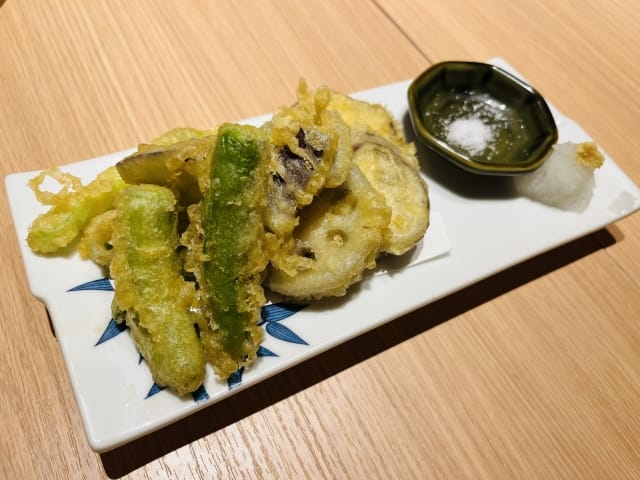
There are several reasons why tempura is loved by Japanese people.
First, tempura made with seasonal ingredients reflects the Japanese appreciation for the four seasons. Tempura with spring mountain vegetables, summer bell peppers, autumn mushrooms, winter oysters, and so on - this changing flavor with each season symbolizes Japanese food culture.
Also, tempura is characterized by its simple seasoning that brings out the flavor of the ingredients. This can be said to be the very essence of Japanese cuisine. Tempura perfectly embodies the essence of Japanese cuisine, which is to bring out the natural umami of the ingredients without adding unnecessary flavors.
Furthermore, the versatility of tempura, which can be enjoyed in various settings from home cooking to high-end restaurants, is also attractive. There's tempura for family dinners at home, and there's high-end tempura served at business dinners or celebratory occasions. It's also a plus that you can enjoy various flavor changes by altering the type of dipping sauce or side dishes.
Types of Popular Tempura Dishes in Japan
Many types of vegetables and fish are used for tempura. Here, I'll introduce mainly the types of tempura that are locally popular in Japan.
Individual Tempura Items
Vegetable Tempura
Source: Wikipedia
Vegetable tempura is a must-have at any tempura restaurant. Sweet potato, pumpkin, eggplant, and bell pepper are standard items. Seasonal vegetables are often used, allowing you to enjoy the sense of the seasons. The combination of the sweetness of the vegetables and the crispy batter is indescribably delicious.
The appeal of vegetable tempura is that it's healthy and nutritious. Even as a child who didn't like vegetables, the vegetable tempura my mother made always stimulated my appetite!
Seafood Tempura
Source: Wikipedia
Seafood tempura offers a wide variety, including shrimp, squid, scallops, and conger eel. The springy texture and the umami unique to seafood are irresistible. It also pairs perfectly with the batter.
The key to seafood tempura is to be crispy on the outside and tender on the inside. I particularly love large shrimp tempura.
Other Unique Tempura
Source: Wikipedia
Tempura ingredients are not limited to vegetables and seafood. A variety of ingredients like chicken and cheese are also used.
Such creative tempura can often be found at trendy izakayas or bars that serve tempura.
Tempura "Assortment"
Source: Wikipedia
A tempura assortment (moriawase) is a luxurious menu item where various types of tempura, from vegetables to seafood, are served on a single plate. The content changes with the seasons, so you can enjoy different combinations each time you visit a restaurant.
In Japanese restaurants, tempura assortments are often served as part of a set meal. A set of piping hot tempura with soba or udon noodles is thoroughly satisfying for both the stomach and the heart.
Japanese food can sometimes feel a bit light, but when I want to feel full, I always order a set menu that includes a tempura assortment.
Tendon (Tempura Rice Bowl)
Source: Wikipedia
Tendon is a hearty dish where plenty of tempura is served on top of a bowl of rice. Various types of tempura, such as shrimp and vegetables, are piled high in the bowl. Among tempura dishes, this is particularly filling.
I often ate tendon on my way back from summer part-time jobs during my student days. I still can't forget that sense of satisfaction.
Tempura Soba/Udon
Source: Tabelog by bapecafe
Tempura soba and tempura udon are collaborations between traditional Japanese noodle dishes and tempura. With tempura served on top of the noodles, it's visually appealing and stimulates the appetite. It's nice that you can casually enjoy this at many soba and udon shops.
Especially famous is the combination of zaru soba and tempura, called "tenzaru." Zaru soba is a dish where cold soba noodles are dipped in sauce before eating. Not only is the contrast between the smooth soba noodles and crispy tempura enjoyable, but it's also one of my recommended menus that will fill you up.
Types of Restaurants Where You Can Eat Tempura in Japan
I hope you now understand that there are many types of tempura dishes.
In fact, there are also many types of restaurants where you can eat tempura. If you want to taste exquisite tempura, prioritize tempura specialty restaurants. If you want to casually enjoy various Japanese dishes along with tempura, choose Japanese restaurants.
Tempura Specialty Restaurants
Source: Tabelog by kevche1
Specialty restaurants that mainly serve tempura are irresistible to tempura lovers. Many have counter seats where you can receive freshly fried tempura directly from the chef. There are various types of specialty restaurants, from high-end to casual.
As a child, I had never been to such tempura specialty restaurants, but I still remember being moved by the deliciousness when I went to a high-end tempura restaurant as an adult, wanting to indulge a little.
Japanese Restaurants
Source: Tabelog by Kagonoya
At Japanese restaurants, you can enjoy various Japanese dishes including tempura. The charm is that you can enjoy tempura in combination with other dishes, either as set meals or course menus. Many restaurants offer tempura set meals during lunchtime, so you can casually drop by for lunch.
Once, at a hotel where I stayed in Kyoto, there was a Japanese restaurant where I could taste seasonal tempura and soba. The tempura made with Kyoto ingredients (mainly vegetables at that time) had a taste unique to the region and became a good memory of my trip.
Udon/Soba Shops
Source: Tabelog by クッシー98327
Even at shops that serve udon or soba noodles, tempura menus are often abundant. Set menus with tempura are perfect when noodles alone aren't enough. You can enjoy tempura at many udon and soba shops, from local stores to chain restaurants.
During my student days, there was an udon shop I often visited. The set of tempura assortment and udon was reasonably priced and voluminous, which was my favorite. I enjoyed gathering with friends and eating delicious and affordable tempura udon.
Restaurants and Izakayas
Source: Tabelog by New Tsurumaru
Restaurants and izakayas that offer a mix of Japanese and Western menus often have tempura on their menu. You might find a tempura corner at hotel buffets, or tempura as a standard menu item at family restaurants.
You can also find stalls serving tempura at events and festivals. The tempura from these stalls has a nostalgic taste, and somehow tastes exceptionally delicious, perhaps due to the festive atmosphere.
Supermarkets
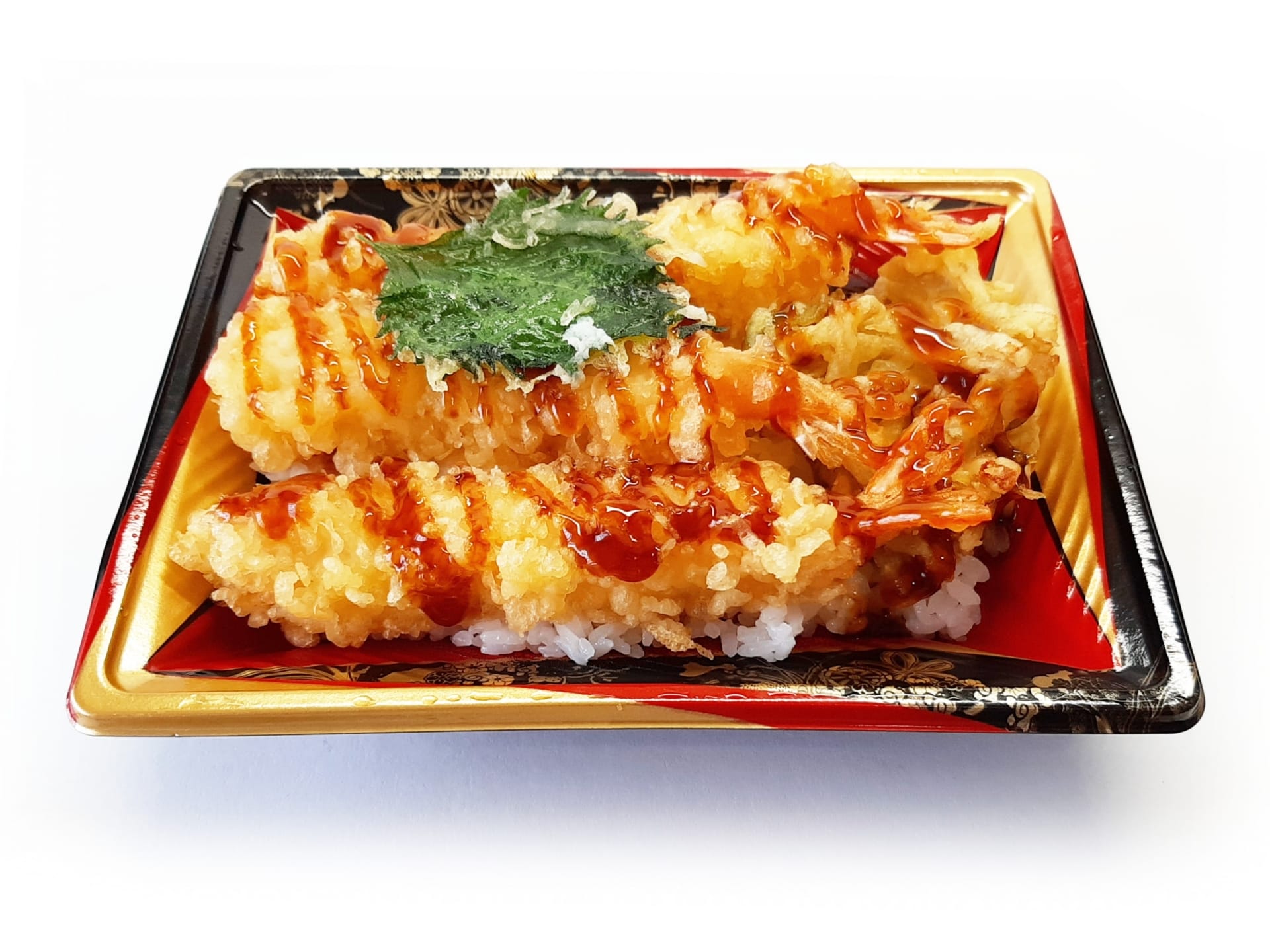
Tempura and tendon are also sold at supermarkets. The taste isn't as good as freshly fried tempura at restaurants. But it's an option when you want to enjoy tempura casually or want to eat tempura at your hotel.
I sometimes buy tempura from the supermarket on nights when I'm tired from work. Eating tempura leisurely at home gives a different kind of satisfaction, almost like it's a different genre from restaurant tempura.
How to Enjoy Tempura
Now that you understand the types of tempura and restaurants, let's actually taste some tempura!
Here, I'll introduce you to uniquely Japanese ways of enjoying tempura, so please give them a try!
Taste Seasonal Tempura
Source: Wikipedia
The key to enjoying tempura is to appreciate the sense of seasons. Try tasting tempura made with seasonal ingredients like spring mountain vegetables, summer bell peppers and okra, autumn mushrooms, and winter oysters. Tempura made with seasonal ingredients brings out the best of the ingredients.
I particularly love spring mountain vegetable tempura. The bitterness and aroma unique to mountain vegetables transform into an exquisite deliciousness when wrapped in crispy batter.
At tempura specialty restaurants, if you say "Omakase," you'll often be served recommended seasonal tempura, so remember this word.
Change How You Eat Tempura
Source: Wikipedia
You can expand your enjoyment of tempura by changing how you eat it. Of course, the standard salt or tempura dipping sauce is delicious, but try adding lemon or grated radish. It's also recommended to taste it with unique salts like rock salt, matcha salt, or yuzu pepper.
I prefer sprinkling salt on tempura rather than using tempura dipping sauce. The light salty taste helps reduce the oiliness of the tempura. I think trying various ways of eating and finding your favorite taste is also part of the fun of tempura.
Enjoy Pairing Tempura with Sake
Source: Wikipedia
Choosing the right sake to go with tempura can enhance the taste of the tempura even more. Try pairing delicate tempura with light and dry sake. For richer tempura, full-bodied sake is recommended. It's also interesting to change the sake pairing depending on the type of tempura.
The best experience I've had was a tempura and sake pairing at a certain tempura specialty restaurant. I paired shrimp and vegetable tempura with the owner's recommended junmai sake. The umami of the tempura and the rich aroma of the sake harmonized perfectly in my mouth, and I remember it being incredibly delicious.
Enjoy Variations of Tempura Dishes
Source: Wikipedia
It's also fun to try various tempura dishes like tempura set meals, tendon, and tempura soba. Each dish brings out the charm of tempura in different ways.
My favorite is tempura soba. Not only do you get to enjoy two of Japan's representative dishes at once, which feels luxurious, but it's also incredibly filling. For someone like me who eats a lot, I highly recommend it!
Frequently Asked Questions About Tempura
Lastly, I'll answer some common questions people often have when enjoying tempura in Japan.
What Kind of Batter is Used for Tempura?
Tempura batter is generally made with wheat flour. The basic method is to dip the ingredients in flour mixed with water and then deep-fry them. The crispy texture of the batter is one of the main attractions of tempura.
What Drinks Pair Well with Tempura?
The drinks that go best with tempura are, without a doubt, beer and sake. The refreshing taste of beer helps cut through the oiliness of tempura. On the other hand, sake enhances the flavor of tempura. Other drinks like champagne, sparkling wine, highballs, or shochu also pair well with tempura, which is another characteristic of this versatile dish.
Is Tempura High in Calories?
It's true that tempura, being deep-fried, is relatively high in calories. However, if you focus on vegetable tempura, the nutritional balance is relatively good. But to avoid upsetting your stomach during your travels, be careful not to overeat.
As I've introduced in this article, tempura has a variety of ingredients and ways to enjoy it, and it's a familiar dish that can be tasted at many places from tempura specialty restaurants to Japanese restaurants and general restaurants.
When eating tempura, I recommend choosing tempura made with seasonal ingredients to appreciate the sense of the seasons. Also, selecting the right drink to go with your tempura can further enhance its flavor.
When you visit Japan, please refer to this article and try enjoying tempura! I'm sure you'll fall in love with this crispy, flavorful dish just as I have.

